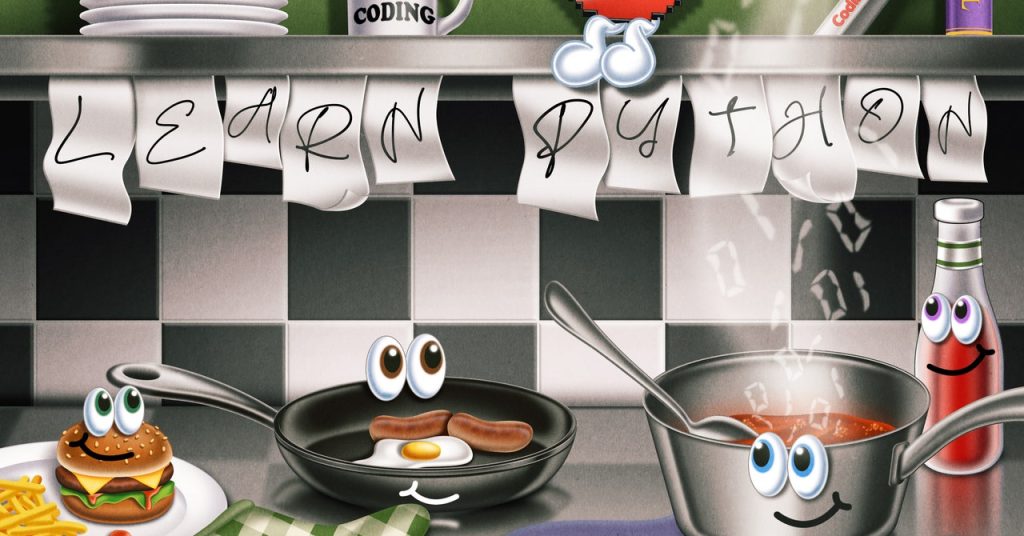Navigating the Layers of Programming: A Journey Through Abstraction
In our modern era, often characterized as the age of abstraction by the German historian Oswald Spengler, programming stands out as a prime example of this concept. Abstraction is not merely a conceptual convenience in the world of coding but an absolute necessity. Programmers often refer to their tools as a “stack,” with simple markup languages like HTML at the top and “bare metal” machine languages at the bottom. As one delves deeper into the stack, programming becomes less abstract and, in a sense, more challenging.
The Illusion of Metal: Silicon’s Dance
The term “metal” is a misnomer, as the foundation of programming lies in the impossibly thin layers of silicon dioxide that conduct electrical impulses in patterns we perceive as screens displaying text, images, and more. Despite Spengler’s passing before the digital computing era, his insights ring true. We all manipulate 1s and 0s daily through user-friendly, high-level abstractions without directly engaging with the underlying binary code.
The Perils of Abstraction: Mistaking the Map for the Territory
Living in this Spenglerian moment, it’s easy to confuse abstractions with reality. This drive to uncover the true nature of things often compels programmers to explore the stack’s depths throughout their careers, hoping to find authenticity in the bare metal.
A Journey Through the Stack: From HTML to Flash
Like many, my programming journey began at the top of the stack with HTML in the mid-1990s on platforms like Geocities and Angelfire. I was captivated by the marquee tag, which scrolled text across the screen, and soon found myself drawn to the allure of Flash, inspired by the groundbreaking Matrix website.
Although Flash began as an animation app, the introduction of a scripting language transformed it into a programming tool. I found myself writing quadratic easing equations to control shapes, realizing the practical application of my high school trigonometry lessons. The elegance and simplicity of writing code in a text file appealed to me, but Flash’s limitations left me yearning for fewer abstractions and a deeper connection to the machine.
Escaping Abstractions: Lessons from the Kitchen
Ironically, it was during my day job running a restaurant kitchen that I discovered the path to getting closer to the machine. In 2004, my brilliant dishwasher, Aaron, advised me to learn Python if I wanted to go deeper into the stack. Without a specific project to motivate me and the demands of running a kitchen, I struggled to dive into the language.
Serendipity in Southeast Asia: Django and the Power of a Project
A year later, burned out from the restaurant industry, I embarked on a soul-searching journey to Asia. While searching for music by the legendary jazz guitarist Django Reinhardt in a Bangkok internet café, I stumbled upon Django, a Python-based web framework ”for perfectionists with deadlines.” Intrigued, I resolved to learn Python and build a website using Django upon my return to Los Angeles.
The project, a website for a bike charity called Wheels4Life, marked the beginning of my journey with Python and Django. Over the next few years, I honed my skills and built a small business creating Django-based websites. Python’s versatility allowed me to work at various levels of abstraction, from generating HTML to interacting with the machine through C modules. I realized that I could build anything I wanted without constantly thinking about the stack.
Finding Community and Concrete Connections
Attending the first Django conference, I discovered a welcoming community of fellow programmers collaborating to solve problems and create amazing things. The experience felt tangible and concrete, even as it emerged from abstractions.
Embracing Abstraction: Building Your World
While the term “abstraction” can carry negative connotations, implying a disconnect from the fundamental truth, the quest to strip away all abstractions and reach the bottom of the stack may be an outdated impulse. The bare metal can be found wherever you are, in your chosen language and community. That is where you build your world.

4 Comments
Might as well rename coding to rollercoaster-riding, given all those ups and downs, right?
Coding: a love story turned thriller where the villain is your own code!
Oh, isn’t that just the classic tale of programming love turning sour when reality hits?
Ah, the rollercoaster of coding, from love at first script to debugging despair!